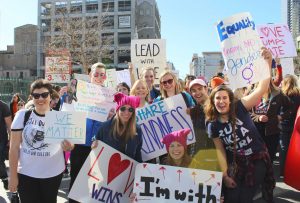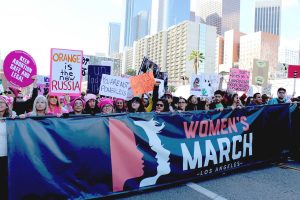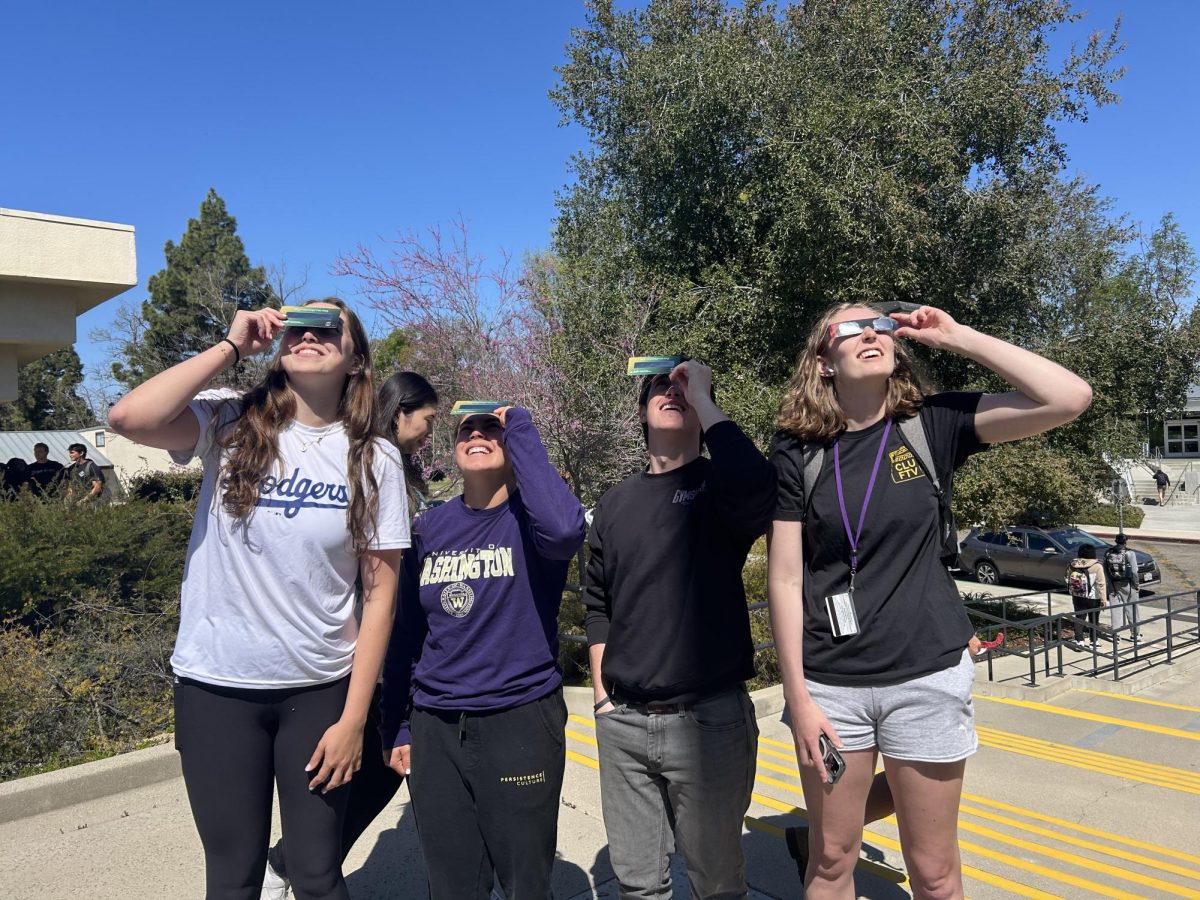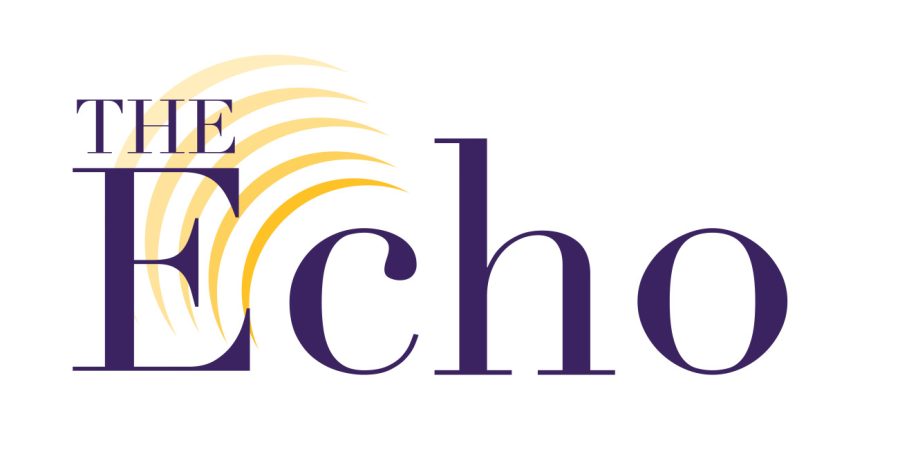On Jan. 21, one day after the Inauguration of the 45th president, Donald J. Trump, cities around the world hosted marches to peacefully protest in support of women’s rights, as well as LGBT rights and workers’ rights.
While the first Women’s March was organized to take place in Washington, D.C., other marches were organized around the country in cities such as New York City, Los Angeles, Chicago, Seattle and San Francisco in the contiguous United States. Other marches occurred in cities around the globe such as London, Sydney, Toronto, Paris and a small group in Antarctica.
Yvonne Wilber, the head of Collection Development and Outreach in the Pearson Library, was in attendance at the march in Washington, D.C., although she didn’t participate in the marching into the capital.

“So, my friend and I didn’t actually participate in the march. In fact, the march kind of came from all different directions,” Wilber said. “And so rather than participate in [the streams of people coming in from all different directions], we ended up staying on the steps of the Department of Health and Human Services, and we participated by watching the crowds go by.”
Wilber made a note that marchers were largely white and that there were not so many people of color marching in Washington, D.C.
“A disappointment [about the march] for me was that it was very white,” Wilber said. “I would have liked to have seen more people of color participating, but I understand the dynamic that prevented that, possibly.”
However, the march in Washington, D.C. was not the largest in the world, at least according to estimates formed after the marches. The largest turn-out was in Los Angeles, California, which had an estimated 750,000 people in attendance, surpassing the 400,000 who appeared in New York City and the 500,000 people who marched in Washington, D.C.
Dr. Haco Hoang, a professor of political science, attended the march in downtown Los Angeles, and was surprised about the number of people that were there as well as how global the trend of the marches was.
“Because the platform was so broad, that it kind of captured a broad umbrella of people, too,” Hoang said. “So, I think there were obviously those people who were very intensely anti-Trump, but I think because there were so many other issues, that it was really a little bit more of a rally kind of mentality than a protest.”
Catherine Slabaugh, a freshman and member of the Regals softball team, was also at the march, and she was able to make it to the center of the march in downtown LA at Pershing Square.

“[My group and I] left [Cal Lutheran] at about 7:30 in the morning, and drove to North Hollywood, parked our cars there and then took the train to Pershing Square, which was downtown LA, so that process took three hours, what should have been a 30-minute ride was three hours,” Slabaugh said.
Slabaugh said the thing that stood out to her the most was the generation gap of the marchers.
“There were newborn babies, there were toddlers carrying signs, 10-year-olds, people our age and I’d say the majority were people my mom’s age,” Slabaugh said.
Additionally, Hoang appreciated the people who were at the march, and their general attitude and disposition to the entire process of being together and marching with a common goal.
“I think my favorite part about [the march] was just the vibe,” Hoang said. “It was very peaceful, very relaxed and it was really very supportive. There was a part of me that wondered if there was going to be any kind of agitation, but the vibe was so positive. It felt like a huge gathering of like-minded people more than anything.”
By Henry Studebaker
Staff Writer







